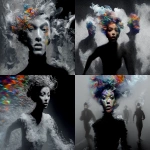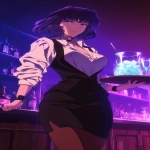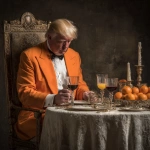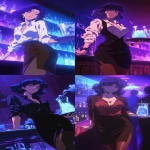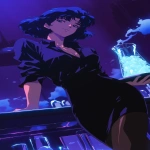Explore the Best AI Image Gallery
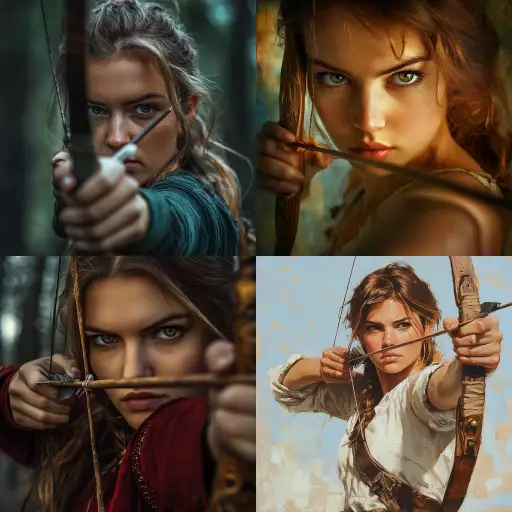
Pixels on Your Skin: Exploring the Impact of AI-Generated Images in Art
The art world is experiencing a seismic shift with the emergence of AI-generated images. No longer confined to science fiction, algorithms are now capable of producing stunning visuals, blurring the lines between human creativity and machine intelligence. This begs the question: what does this mean for the future of art?
A New Artistic Frontier
AI-powered tools like DALL-E 2, Stable Diffusion, and Midjourney are democratizing art creation. Anyone with an internet connection can now generate unique images by simply inputting text prompts. This opens up exciting possibilities for amateur artists, designers, and even everyday individuals to explore their creative potential without needing traditional artistic skills.
Potential Applications Across Industries
The impact of AI-generated images extends far beyond the realm of fine art. Its applications are already being felt across various industries:
- Design and Advertising: Generating custom visuals for marketing campaigns, product packaging, and website design.
- Entertainment: Creating concept art for films, video games, and animation, as well as generating realistic backgrounds and characters.
- Education: Providing interactive learning experiences by visualizing abstract concepts or historical events.
- Architecture and Urban Planning: Rendering 3D models of buildings and cityscapes to aid in design and planning processes.
Navigating the Ethical Landscape
While AI-generated images offer tremendous potential, they also raise important ethical considerations:
- Copyright and Ownership: Who owns the rights to AI-generated artwork? The creator of the algorithm, the user who provides the prompt, or the AI itself?
- Bias and Representation: AI models are trained on vast datasets that can contain biases, potentially leading to the generation of discriminatory or stereotypical imagery.
- Authenticity and Deception: The ability to create hyper-realistic images raises concerns about the potential for misuse in creating deepfakes and spreading misinformation.
Shaping the Future of Creativity
The rise of AI-generated images is a transformative moment in the history of art. While it presents challenges, it also opens up exciting new possibilities for creative expression and innovation. As this technology continues to evolve, it will be crucial to have ongoing conversations about its ethical implications and ensure that it is used responsibly to benefit society as a whole.
Ultimately, AI-generated images are a tool, and like any tool, their impact depends on how they are wielded. By embracing responsible development, promoting transparency, and fostering dialogue, we can harness the power of AI to enhance creativity and shape a more inclusive and imaginative future for all.

](https://images.ai-img.art/thumbnails/150/ff09e32d2be011c0dd785984c5c1e47839ce551a31da1bde242860b30df2aa30.webp)
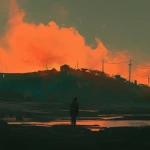



](https://images.ai-img.art/thumbnails/150/a3ed6513a6661aa3ee46e0c2924d1e8888854e91d8908de39db5590dc41f8d8f.webp)
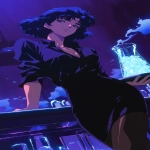
](https://images.ai-img.art/thumbnails/150/2ebdeb4f7db35100e5be5de9bc3e533a40d14e5feedefd7ffc586524a0f3ba8c.webp)
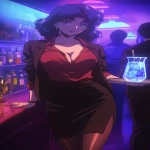

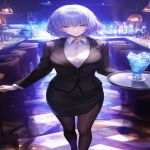
](https://images.ai-img.art/thumbnails/150/685ae68cfab93a7e59a71206867b060c45bd6fd3cd561c4fe60fca514b09c5f8.webp)


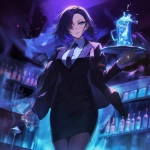

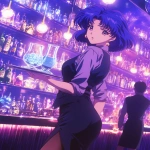
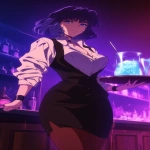
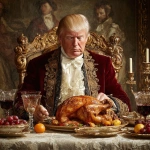
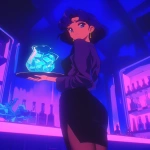
](https://images.ai-img.art/thumbnails/150/847809c77ca9a73b68bc190e6efb06fec87157685a243730d5a66a403b0e6e10.webp)

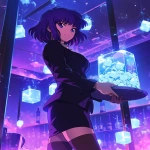
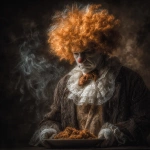


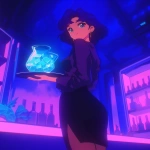

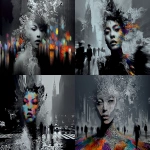
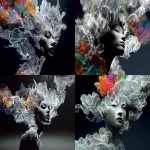


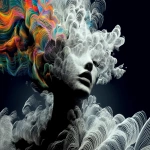
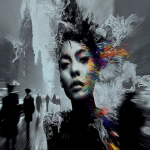

](https://images.ai-img.art/thumbnails/150/bd056a4718c27444e064198762f8dc8ffa1f74f1afd7dcda8d5cb8b142797d6e.webp)

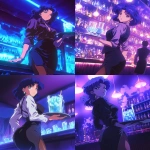
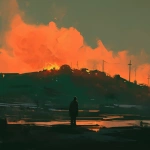
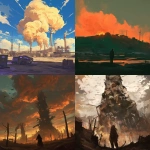
](https://images.ai-img.art/thumbnails/150/7cf5a08238f29c821f52bb4f63db48af0b7f633ff3b9f7253074d78ced9ff6f6.webp)
](https://images.ai-img.art/thumbnails/150/0ba0be922ab76af53f75ab90126ae2b18a600ee3b96941e8ab897a9f10594e5a.webp)

